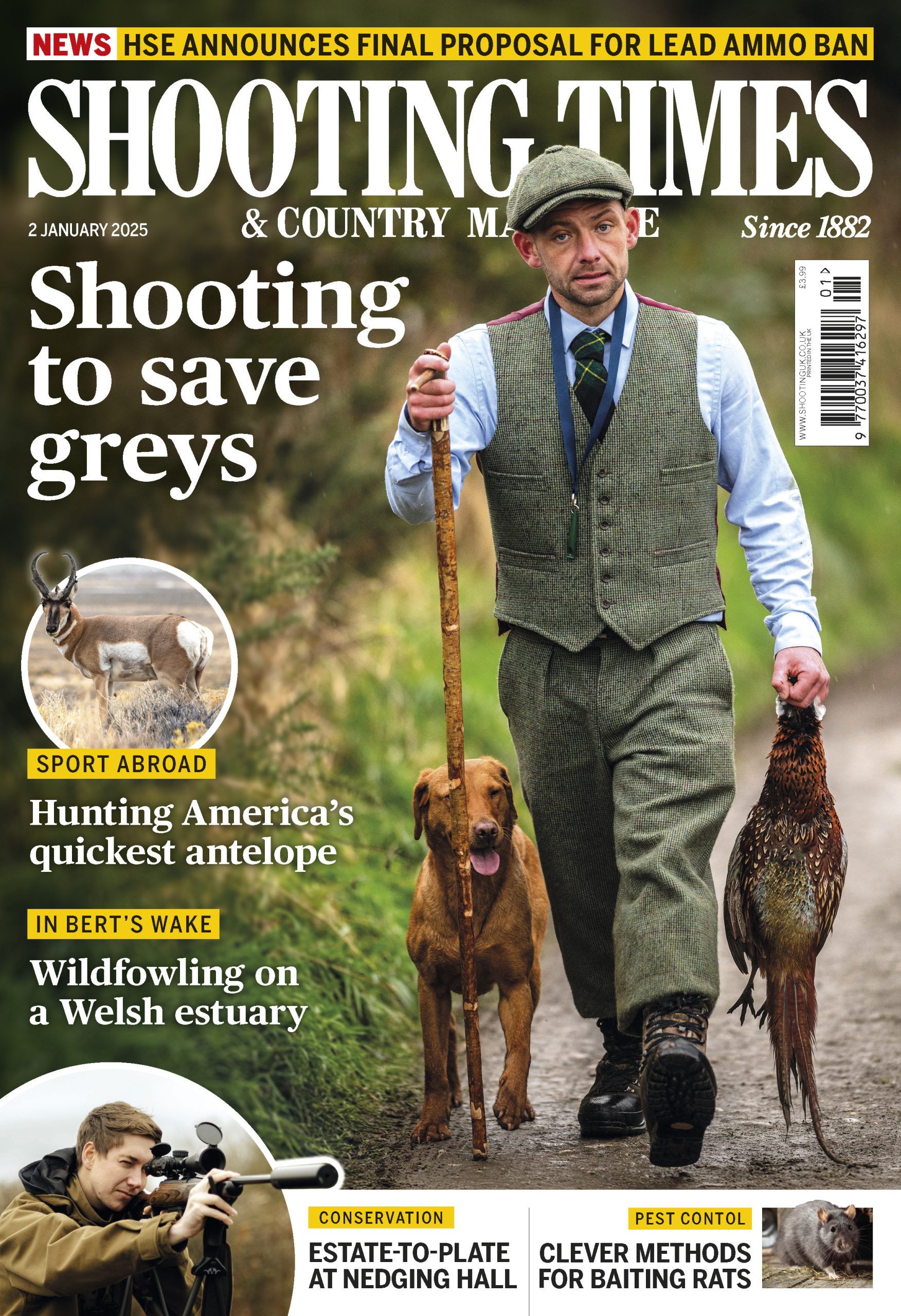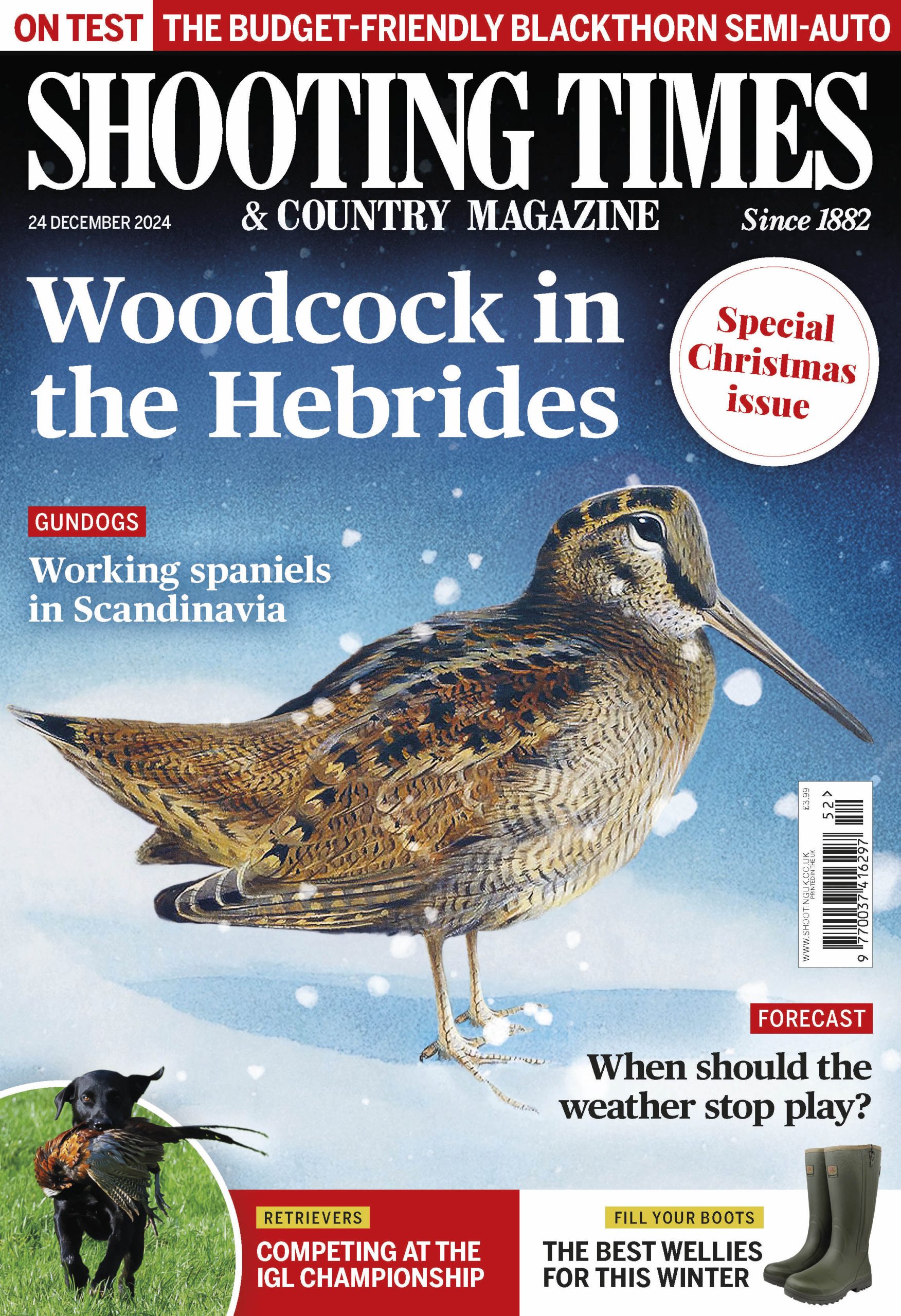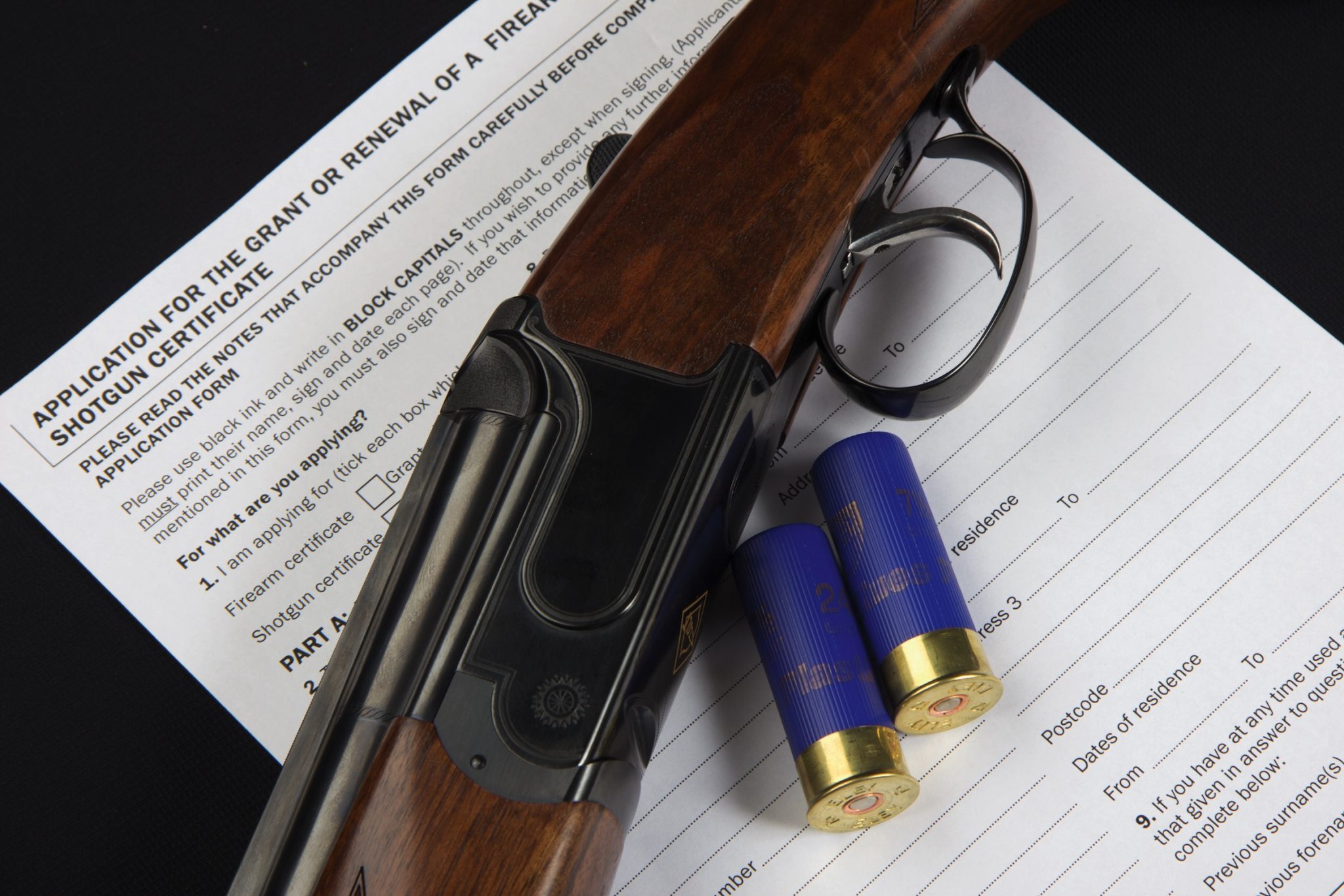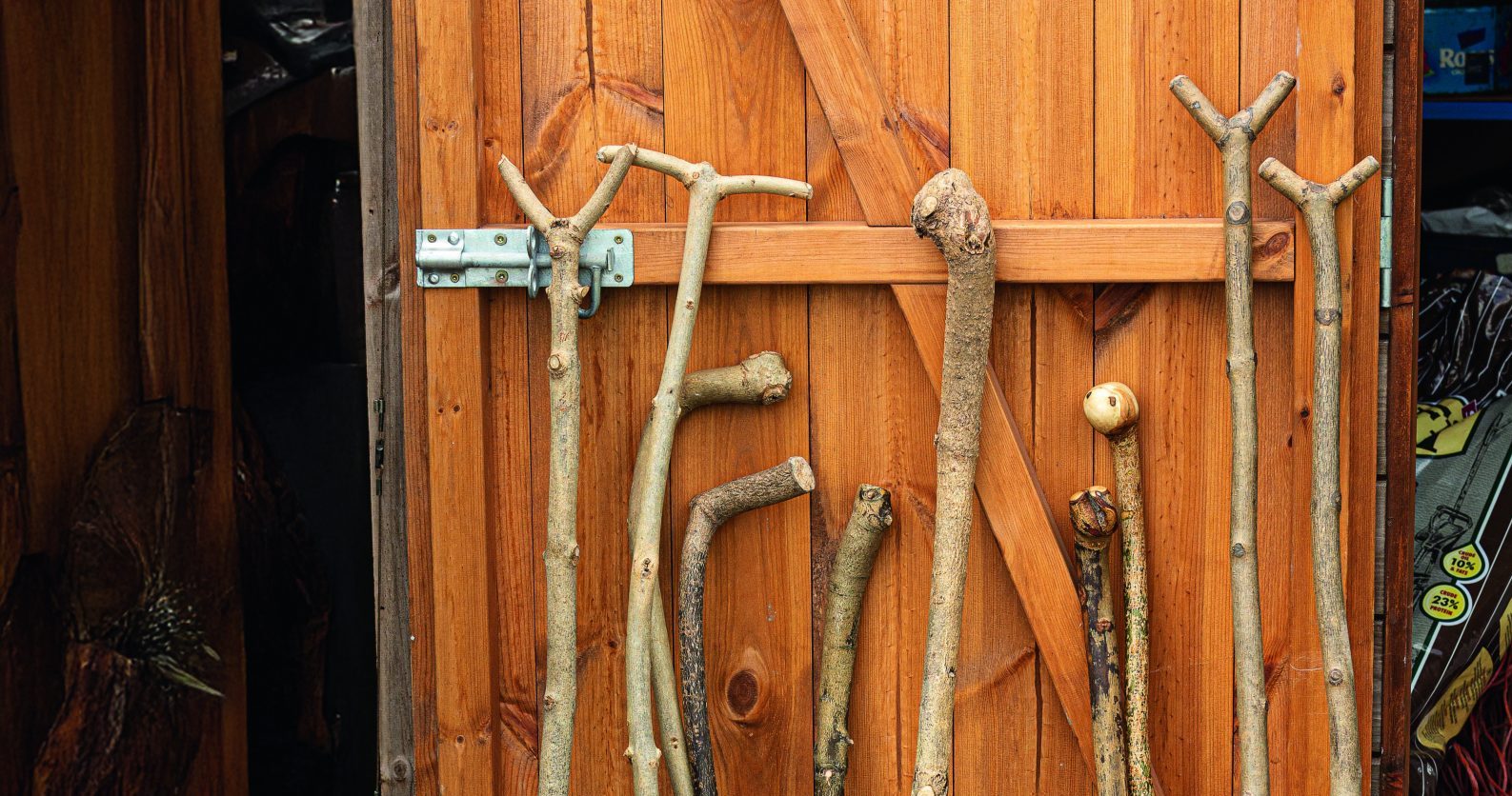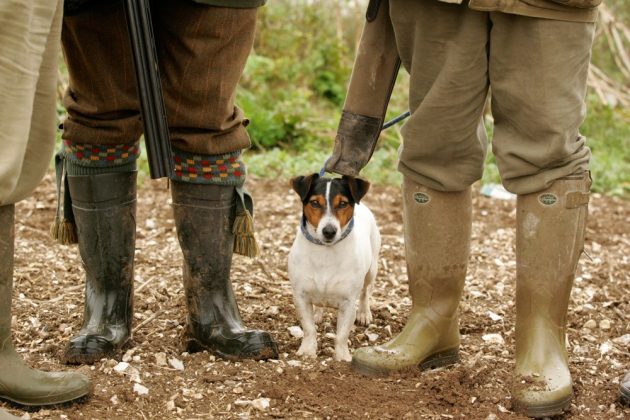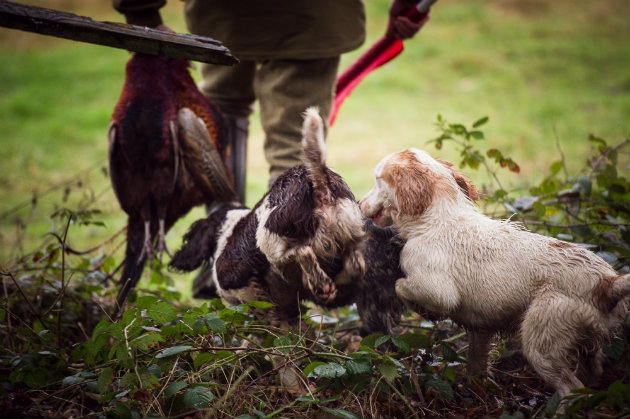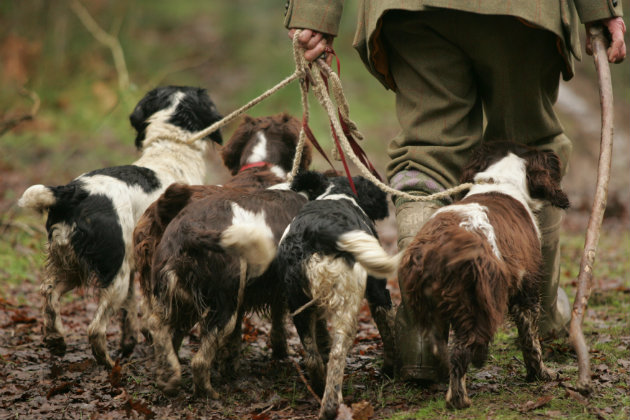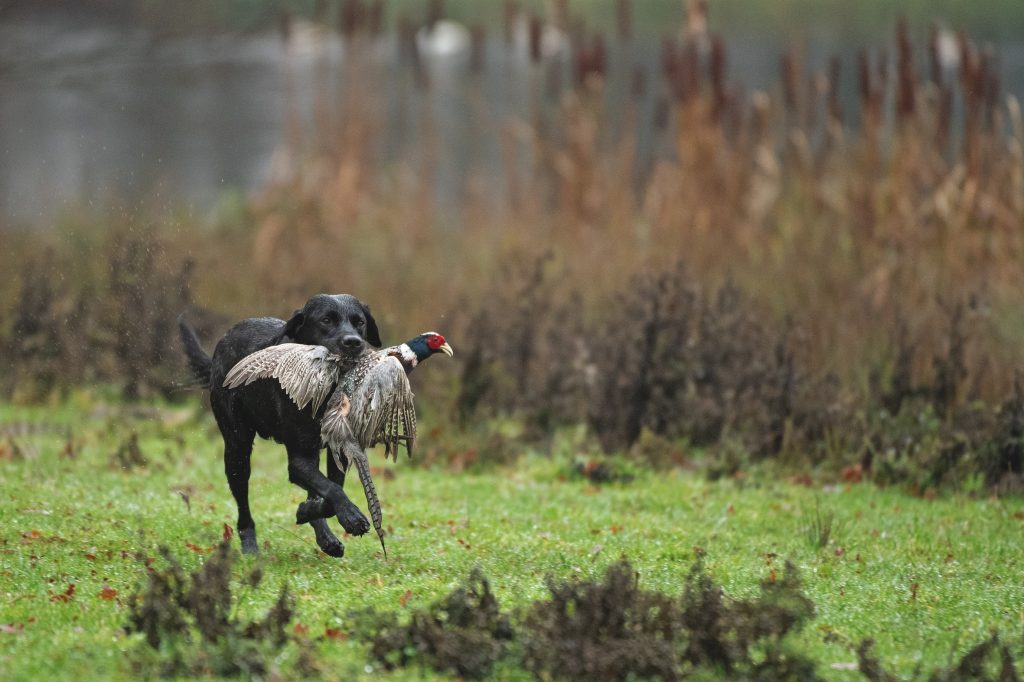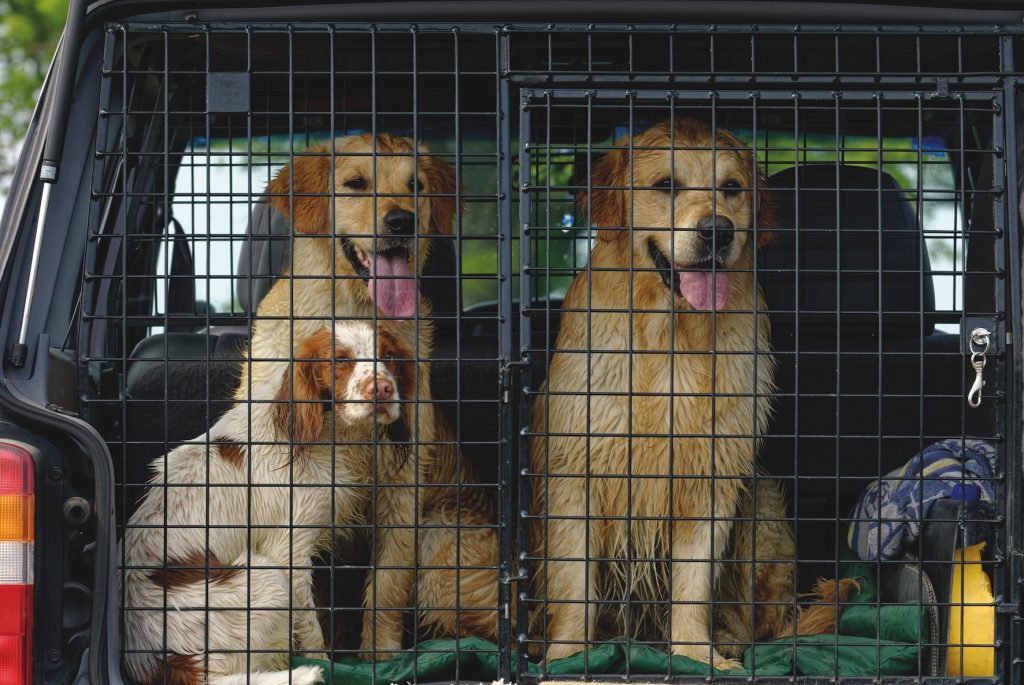Q: I have a 10-month-old springer out of a rescue kennel. He is obviously working stock, good looking, full of…
Win CENS ProFlex DX5 earplugs worth £1,149 – enter here
Will the Welsh springer spaniel survive?
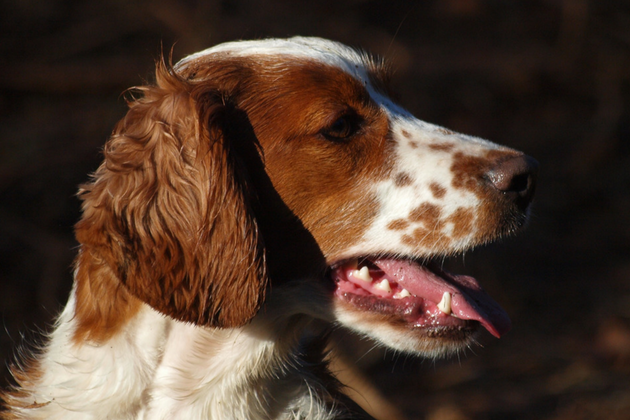
A chance encounter with a Welsh springer spaniel (WSS) on a shoot earlier this month reminded me what a handsome breed this is and what a shame it is that we do not see more out working.
Welsh springer spaniel – a curious breed
It is the most numerous of our native spaniels bar the cocker and English springer, but it tends to be overlooked, especially as a shooting dog. It is such an attractive breed that it is popular as a show dog — at Crufts, there are usually as many Welsh springers on the bench as English.
Popularity in the show ring has done the breed little favours as a working dog. I do not think even the most ardent of Welsh supporters will dispute that these red-and-white spaniels rarely show the same passion and drive for hunting as their English cousins, but with patience they can become useful shooting companions. They are probably at their best in the beating line, which is what they were bred for during the 19th century.
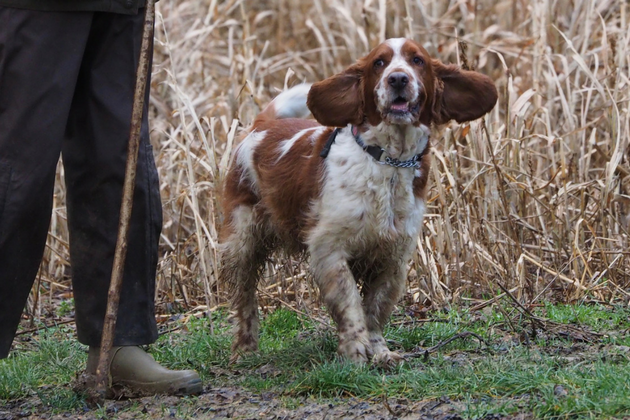
The Welsh springer has much to offer but needs patience
The history of the Welsh springer is an interesting one, for it is sometimes suggested that the Welsh springer is by far the oldest of all our spaniels. However, the Welsh Springer Spaniel Club (WSSC) notes on its website that “the red-and-white spaniel in Wales can only be traced to the 18th century”, and the Kennel Club (KC) didn’t recognise it as a distinct breed until 1902.
- Welsh springers are always red and white and never breed away from that colour. It is a distinctive shade of red not shared by other spaniels — only the red-and-white setter is similar, suggesting a common ancestry.
- Unlike the English springer, Welsh dogs vary little in size. They are about the same size as a working English springer, but slightly lighter and longer-legged.
- Their ears are shorter and set lower than the English springer and are typically like a vine leaf in shape, with less feather.
- Though between 300 and 400 Welsh springer puppies are registered annually, it is numerically a small breed with a limited gene pool. This is reflected in the COI (inbreeding coefficient) of 12.9 per cent. The lower the figure the better, but it is not far off the English springer (9.7 per cent) nor the cocker (9.6 per cent).
- Equally important is the EPS (effective population size), which is a worrying 36.45. According to the Kennel Club: “EPS is a measure of how many individuals are contributing genetically to a breed population… a measure of the size of the gene pool in a breed. Lower than 100 is seen as critical and below 50 brings a breed close to extinction.”
My trained English springer spaniel isn’t listening anymore
Q: I bought a one-year-old trained English springer spaniel (ESS) last year and he was good out shooting last season,…
Health concerns
It is worth noting that the English springer’s EPS is not much better at 45.08 and that of the Clumber is a lowly 24.49. The WSSC takes health seriously and the chief concerns within the breed are hip dysplasia, primary glaucoma and primary epilepsy. Introducing fresh blood into a breed like this is a major challenge, but it might be one that the breed club will have to consider in due course.
Fortunately, there are several active WSS breed clubs overseas, including in Sweden, Belgium, Holland and the US, with active kennels in several other countries, so different bloodlines do exist.
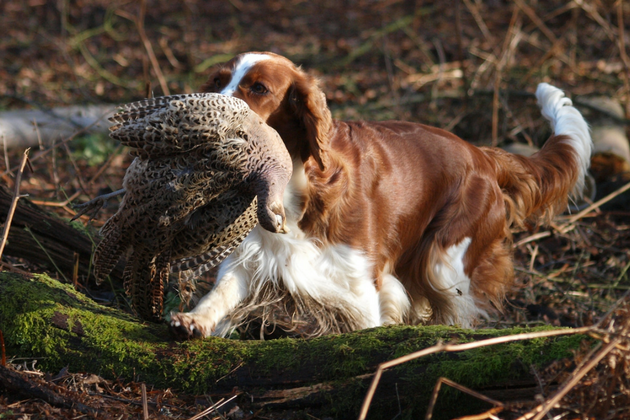
A devoted companion, yes, but not all Welsh springers retrieve instinctively
Not an instinctive retriever
Unlike English springers, most of which retrieve instinctively, not all Welsh springers do so, which can be a challenge for anyone who wants to work one. The WSSC website warns that “Welshies are slower to mature and to learn than the two dominant working spaniel breeds, so they are not cost effective. Their natural style too, often slower-paced and far more nose-dominated and scent sensitive, does not suit the modern fashion for high speed.”
However, not everyone wants a turbocharged hunting spaniel, while a non-retrieving dog is more likely to be steady when worked in the beating line. If I were a Welshman, or even if I lived in Wales, I would be very tempted by a Welsh springer.
Related Articles
Get the latest news delivered direct to your door
Subscribe to Shooting Times & Country
Discover the ultimate companion for field sports enthusiasts with Shooting Times & Country Magazine, the UK’s leading weekly publication that has been at the forefront of shooting culture since 1882. Subscribers gain access to expert tips, comprehensive gear reviews, seasonal advice and a vibrant community of like-minded shooters.
Save on shop price when you subscribe with weekly issues featuring in-depth articles on gundog training, exclusive member offers and access to the digital back issue library. A Shooting Times & Country subscription is more than a magazine, don’t just read about the countryside; immerse yourself in its most authoritative and engaging publication.
